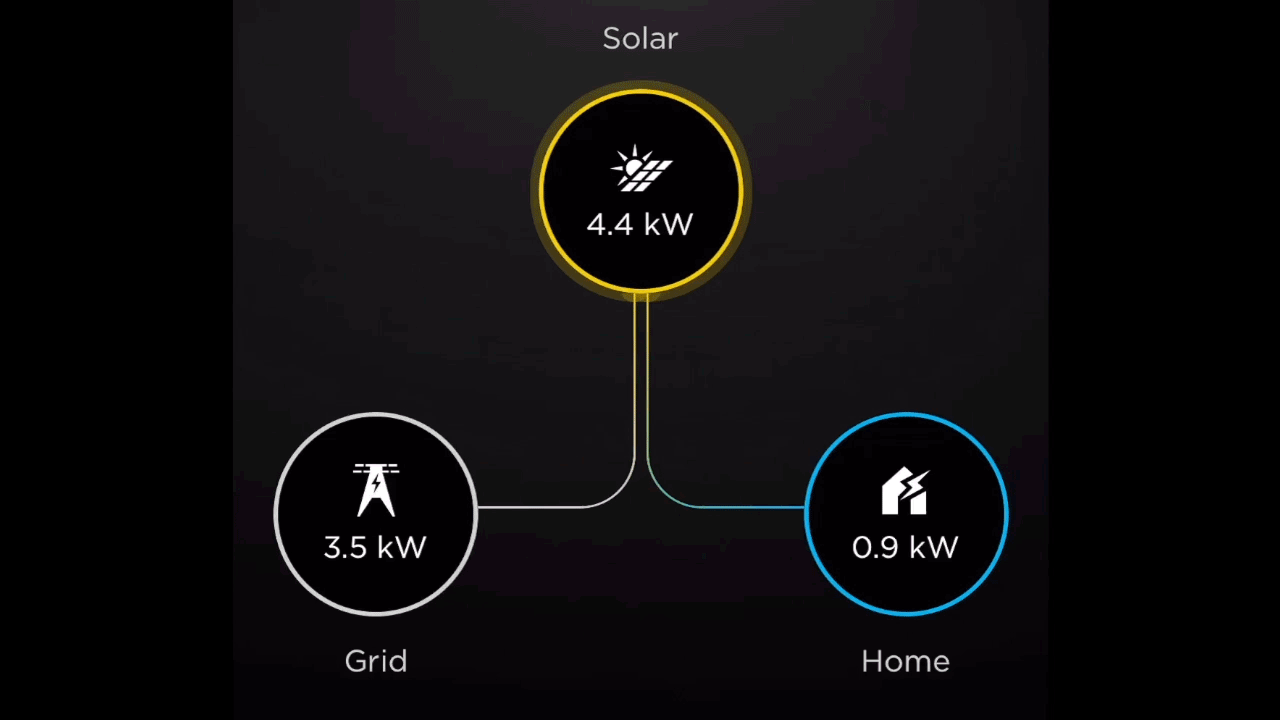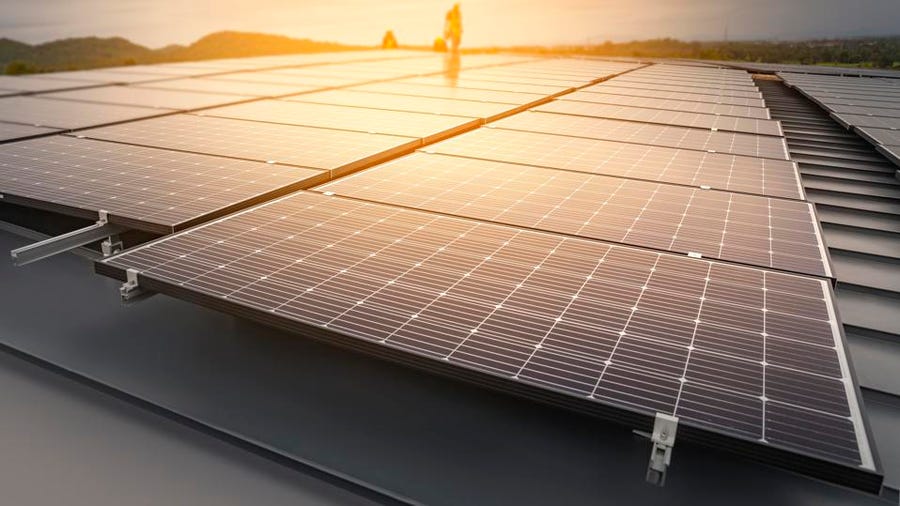In this article, we will break down solar export limits; hence, Solar Export Limiting Explained. Numerous Australian homes can’t export over 5kW to the grid. For larger systems with >5kW inverters, ‘export limiting’ is a must. Here’s the breakdown....
In this article, we will break down solar export limits; hence, Solar Export Limiting Explained. Numerous Australian homes can’t export over 5kW to the grid. For larger systems with >5kW inverters, ‘export limiting’ is a must. Here’s the breakdown. While not a major concern, understanding your system is wise for better decisions on solar panels.
Understanding Solar Export Limiting
This refers to your local electricity provider’s cap on the energy your solar system can send back to the grid. It usually doesn’t affect households during regular hours but matters in peak times.
You might wonder why it’s necessary. It’s in place due to many Australians generating excess energy on sunny days and exporting it back. This can cause grid issues and power drops.
When you generate more energy than needed, the surplus goes to the grid.

Impact of Solar Export Limiting
This impact sparks debates. Supporters have their reasons while opponents argue against it. A significant argument is the loss of feed-in tariffs. Yet, it’s not so for everyone.
Unless you’re exporting a specific amount, feed-in tariffs aren’t as beneficial.
Pros and Cons of Solar Export Limiting
Pros
Expanded System Installation: Solar export limits enable the installation of larger systems.
Meeting Increasing Energy Needs: In today’s digital era, securing your family’s future requires larger energy systems. Opting for a 10kW system over a 4-5kW system is advisable due to rising household energy demands.
Grid Protection: Solar export limits prevent power surges and related issues. They avoid power shortages caused by excessive energy injection, alleviating strain on power lines. This contributes to a more stable grid.
Optimized Home Consumption: With a limit on exported power, more energy remains for home use. This promotes energy efficiency, encourages higher household consumption, and improves the return on investment (ROI) in the long run.
Cons
Energy Wastage: An inherent disadvantage of export limits is energy wastage. If your solar system generates more energy than allowed by the limit, the surplus goes unused. Evaluating the amount of wasted energy is challenging.
Inaccurate Data Reporting: Solar Export Limits can distort your solar data. This might prevent you from accurately assessing your system’s performance. The excess energy beyond the limit isn’t accurately reflected in reporting.
Final Verdict
Well, every coin has two faces. Similarly, solar export limit has positive impacts and negative impacts as well. Export limiting can also help you get a bigger system signed off for your home, so you can use it in your favour. However it may negatively impact some homeowners who aren’t allowed to export any excess energy to the grid. Especially when it comes to the reporting or data of your systems performance. Contact team Solar Air Energy to have more info related to solar export limits and also get free quotes from Brisbane’s top Solar Energy Company for the installation of your solar system.
The post Solar Export Limiting Explained | 2023 first appeared on Solar Air Energy.















